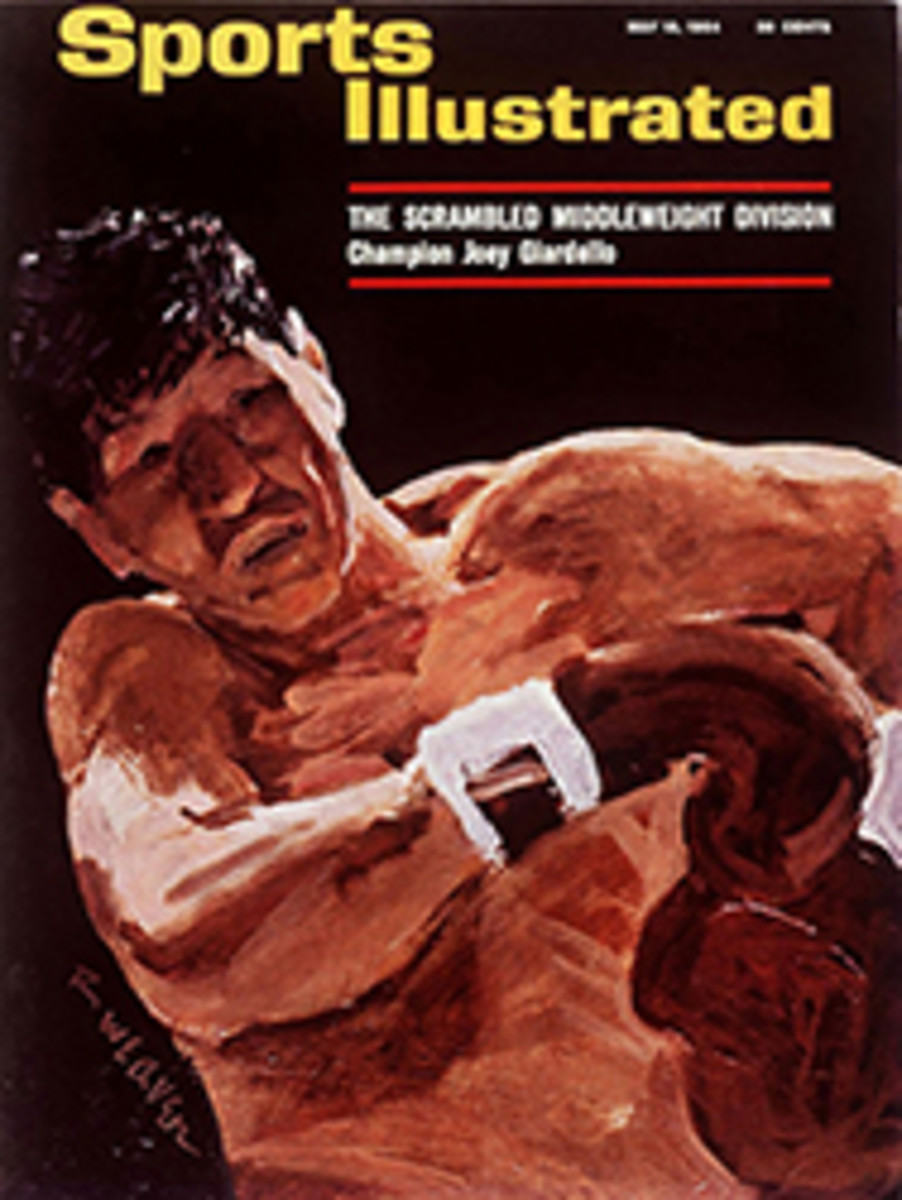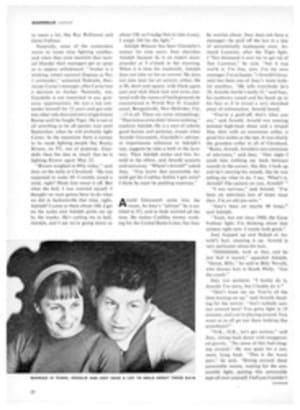
The skateboard may prove as big and giddy a fad as the Hula Hoop
The wide-eyed, limber-legged kids in the drawing below are skateboarding, a dryland variation of surfboarding. It is the wackiest new fad to come down the southern California pike in a long time and may well rival the dementia of the Hula Hoop six years ago. Although the skateboard looks like an ironing board with wheels, it is really a pint-sized cousin to the surfboard. The little device, with its speedy roller-skate wheels, rolls on concrete pavement or other hard surfaces with a tilting, tipping motion that imitates that of the surfboard.
Skateboarding derives from the Hawaiianborn and California-nourished surfing cult now catching on throughout the country; the surfboards, the surfing trunks, the songs and the jargon are all part of the act. It got its start some years ago when kids and their dads improvised the boards in the basement workshop from baling wire, discarded roller skates and crude planks of wood. Then, last August, a young Santa Monica surf enthusiast named Larry Stevenson decided to manufacture a skateboard. Inside of a month Stevenson, the full-time publisher of Surf Guide (circulation 50,000), had his first batch of boards in southern California sporting goods stores. The fledgling firm, R.L. Stevenson and Associates, sold 57 boards that first month, and soon kids were slipping and sliding down sidewalks of Greater Los Angeles. The rush was on, and the outfit expects to turn out 4,000 boards in May.
Stevenson calls his board the Makaha, after that famous strip of Hawaiian beach where the international surfing championships are conducted every December. The Makaha is a simple, solid slab of straight-grained ash, measuring 30 inches in length, and 7½ inches in width. Like its nine-foot counterparts in the surf, it is tapered slightly at the nose and tail. Each board has a pair of professional-model roller skate wheels mounted fore and aft. These wheels swivel slightly on their axis to give the board its unusual turning ability. The swiveling action can be loosened (sharper turns) or tightened (more control), depending upon the skill and nerve of the skateboarder.
"You can do almost everything on a skate board that you can on a surfboard," Stevenson says, "and you will see kids doing headstands, limbo stunts under a low bar, back bends—everything except nose-diving off the board to escape a wipe-out [you are wiped out when the wave buries you under tons of surf]. Concrete doesn't give."
Stevenson whips up local enthusiasm by touring California shopping centers and playgrounds on Saturdays with his Makaha factory team. Dressed in flashy yellow surflazers, the boys, aged 9 to 15, give demonstrations of classic style and technique. The squad is led by a glue-footed 14-year-old from Playa del Rey named Brad (Squeak) Blanck, who is billed as national skateboard champ. "Our kids have even devised a way of going uphill without ever touching the ground," Stevenson says. "They get a hip-swinging rhythmic motion going, bouncing the front of the board up and down, propelling themselves along."
Most major California department stores, stock the Makaha, and now such stores as Famous-Barr in St. Louis, Jordan Marsh in Miami and Macy's in New York have a supply of the boards. Makaha will accept mail, orders: address your requests to Makaha, Box 1278, Santa Monica, Calif. The board costs $12.95, including postage and tax. It guarantees each board for 30 days.
As with the Hula Hoop and the Yo-Yo, there is plenty of competition in the skateboarding business, with boards selling at all prices. The George Cooley Company of Manhattan Beach, Calif. is a typical example of a firm hopping into the business on the spur of the moment. "We started out on March 26 with nothing but the idea and a little dough," Cooley says. "In five days, we produced and delivered 1,200 Bun Busters [Cooley's trade name] to a major drug retailer with 232 stores.
"We know it is the fastest board on the market. The kids can spin a 360° turn and never lose their boards," Cooley adds. The Bun Buster costs $7.88 and can be bought b mail order from George Cooley Co., 210 Strand, Manhattan Beach, Calif.
Whatever the board, the watchword is "Rider beware." Skateboarding is like skidding along a banana peel on a wet sidewalk You need your nerve with you.

